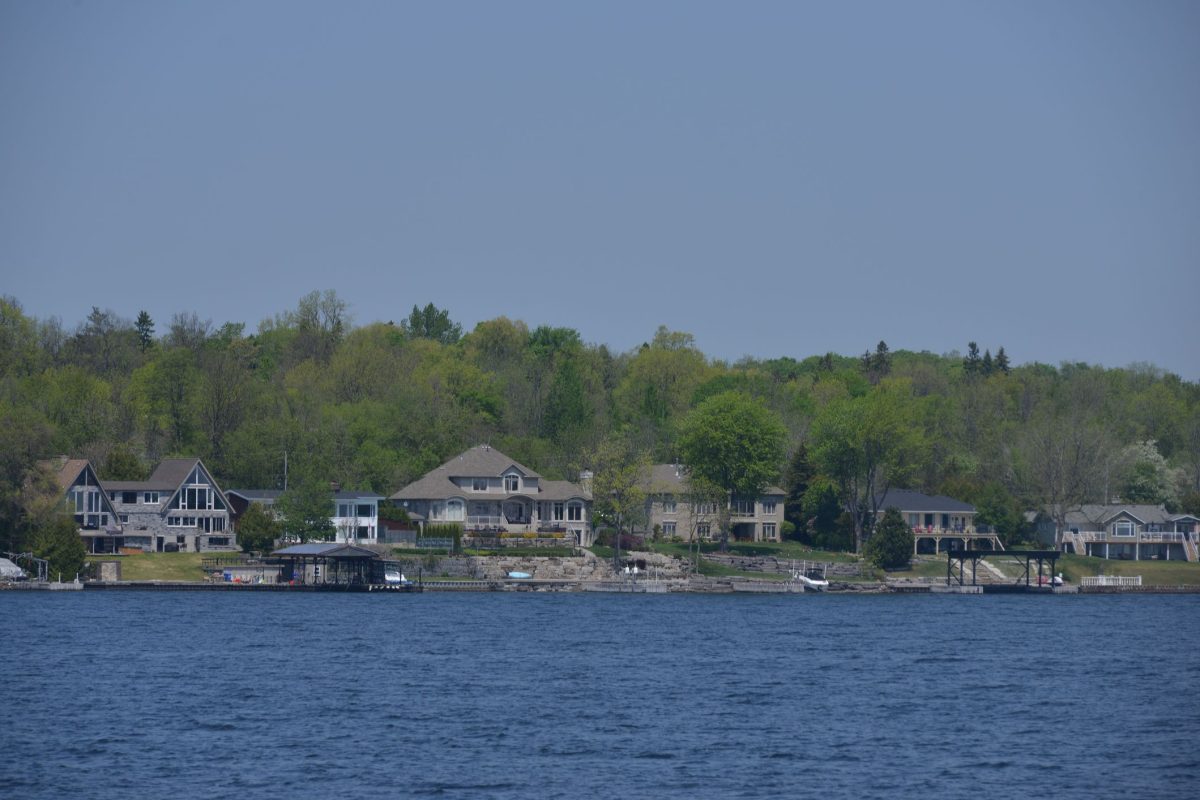What does Living Smarter mean?
By Peter Sale | Published July 5th, 2025

I recently saw an article about a new cottage on the Joe River. According to the article, when the owner first saw the one-acre lot with 90ft of shoreline and a hard-packed sandy beach, he knew instantly that it was “the perfect place to build a family-sized cottage.” With a southwest exposure and “breathtaking sunsets” across the water it sounded like the Muskoka dream personified.
The rest of the article described the “family-sized cottage” that resulted – a two-storey, 3000 sq ft, 4 bed, 3.5 bath home, with open plan living-dining-kitchen and master suite on the upper floor, three bedrooms, family room, gym and muskoka room downstairs, walking out to an expansive granite-paved patio with firepit, and a single slip boathouse with wet bar and extensive dock areas. The 10-zone Sonos sound system and the full security system do not surprise.
I love good architecture, and many of the modern finishes available to the building industry are to die for. Given the price of land in Muskoka, it is inevitable that we will see many more high-end cottages along our shores. The glossy magazines that appear in Muskoka each spring, as reliably as returning birds, are filled with stories promoting multi-million-dollar cottages, and properties at prices up to twice the $5.9M being asked for this one.
But what bothers me is the way in which we are being conditioned to think of this as a “family-sized cottage” – the sort of place we should all aspire to, if not expect.
The construction and real estate industries profit when we build out Muskoka to the max. I get that. Their evident success in building and selling such properties tells me that there are plenty of people with pockets deep enough to afford such places. But there are other ways to make a good profit, ways that also reduce instead of expanding our collective footprint on the Muskoka environment.
Would Muskoka become a better place if people routinely aspired to having a “just big enough” cottage instead of an over-the-top one? What if we demanded the highest quality of materials, and skilled fabrication, while also demanding intelligent architecture that ensures that less is actually more in terms of functionality and comfort? We could live smarter in waterfront communities that were based on fewer square metres of building per 100 metres of shore, less use of building materials, and less demand on energy grids once built.
Such waterfront communities would retain more natural space between neighbours while also preserving substantial portions of the natural shoreline and the connections between lake and forest that the ecosystem requires. Remember, our lakes used to be surrounded by uninterrupted natural shorelines and our present model for development largely obliterates that important connection between lake and land.
I am not proposing we should strive for second best. No, we should demand the very best, and expect to pay top dollar for it, but we should define the best in terms of quality of design and construction rather than in terms of size, number of rooms, array of living spaces. Because, let’s face it, most of us do not entertain our 20 best friends every weekend, even when at the lake. And the lake and those breathtaking sunsets will still be there providing enjoyment, healthy living, and balm for our souls despite the smaller building on the lot.
Some might even believe our enjoyment of Muskoka is greater when the cottage itself is less overpowering. As for that dream family cottage on the Joe River? Built only in 2021-22, it was up for sale, suggesting that particular dream was short-lived (a quick check suggests it has already sold).

This is article No. 4 in the series, Living Smarter in Muskoka, from Muskoka Watershed Council. Its author, and editor of the series, is Dr. Peter Sale, retired aquatic ecologist, Muskoka resident, member of the MWC Board, and firm believer in the rights of other species to enjoy this place with us.
First published on muskokaregion.com
